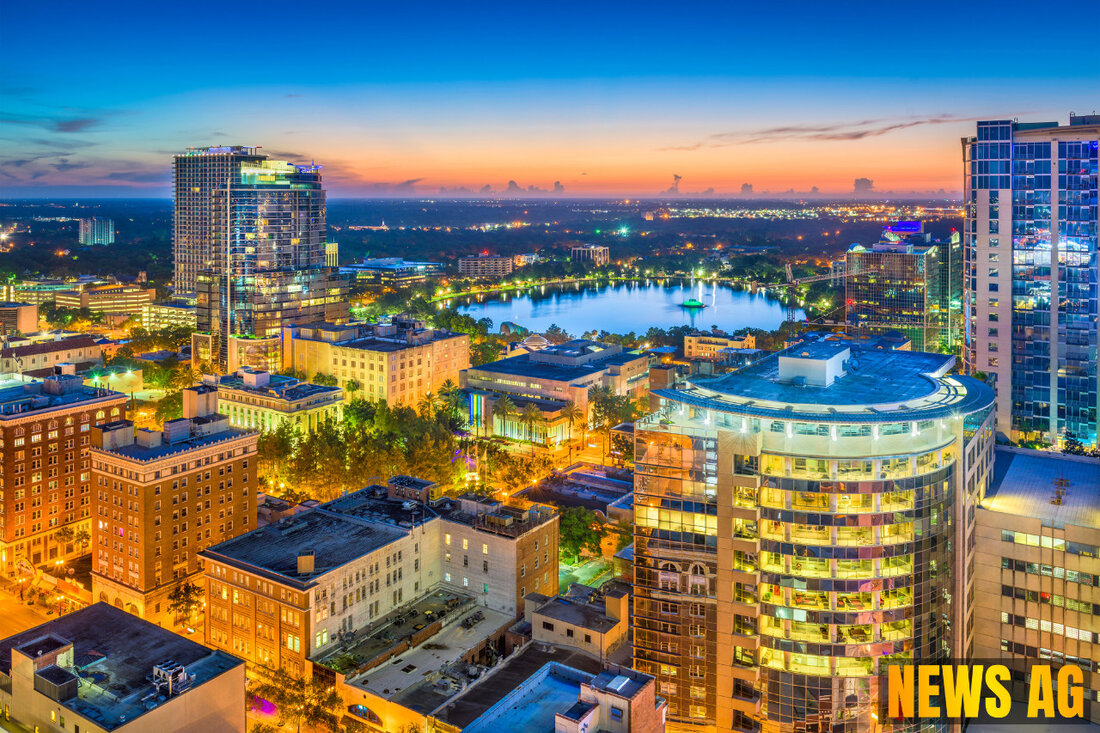Port Canaveral's $500 Million Plan: Tackling Traffic and Expansion!
Port Canaveral, facing record passenger growth, plans $500M upgrades to address traffic and enhance cruise operations by 2026.

Port Canaveral's $500 Million Plan: Tackling Traffic and Expansion!
As Port Canaveral continues to seize its spot as the world’s second-busiest cruise port, it is wrestling with the challenges that come with its explosive growth. With an anticipated 9.02 million cruise passengers in the 2025-26 budget year, up from 8.5 million in 2024-25, the influx of travelers is fueling concerns about traffic congestion and parking availability. Traffic on State Road A1A is becoming increasingly congested during the late morning hours when passengers are arriving and departing, prompting a need for better traffic management. Canaveral Port Authority Chairman Wayne Justice highlighted this at a recent meeting, suggesting that “there’s something to be said for” improving the flow as passenger numbers surge. A traffic study aimed at addressing these issues is currently underway, with updates expected on September 24, reported Florida Today.
To tackle the growing congestion, the port has earmarked millions of dollars in its budget for traffic solutions. This includes plans to construct a new parking garage with 3,000 spaces at Cruise Terminal 6, estimated to cost $82.5 million. In addition, a new garage near Cruise Terminal 3 is also on the drawing board at an investment of $55 million. The port’s strategy doesn’t stop there; long-term plans also feature a massive $317.90 million new Cruise Terminal 4, projected to open in early 2029. Meanwhile, parking fees will rise to $20 per day starting October 1, helping to generate projected cruise parking revenue of $61.6 million, making up almost 26% of the port’s estimated operating revenue.
Investing in the Future
Aiming for a comprehensive transformation, Port Canaveral is investing over $500 million in the “Port Canaveral Advantage” initiative over the next five years. This ambitious improvement plan spans various operations, including upgrades to cruise terminals, renovations of cargo facilities, and enhancements to roadway access, as detailed on Port Canaveral’s official site. Notably, the expansion of Cruise Terminal 5 will increase its capacity by 65%, giving larger vessels a more welcoming home. Additionally, plans are in the works to boost Cruise Terminal 10’s ability to accommodate ships holding up to 5,600 passengers, with a feasibility study wrapping up by June 2025.
To ensure safety and efficiency, a new Cruise Automation Team has been established, focused on the proper functioning of passenger boarding bridges. Improvements are being made to existing pier structures on the port’s south side to enhance vessel turnaround times and increase berth space. Furthermore, enhancements to North Cargo Berths 3 and 4 are nearing completion, creating 1,800 linear feet of additional multipurpose bulkhead space. Roadway improvements are also being prioritized to streamline access to cargo terminals and address truck wait times, as outlined in the plan reported by Port Canaveral.
Expanding Capacity to Meet Demand
The driving force behind these upgrades and expansions isn’t arbitrary; it’s a calculated response to booming demand for cruise travel. Port Canaveral recorded an impressive 6.8 million cruisers in 2023, significantly contributing to its $191 million revenue—over 80% of which came from cruise operations. The port also expects an additional 500,000 passengers in 2024, underlining the urgency of its expansion plans. One of the cornerstone projects includes the construction of a seventh cruise terminal by 2026 at the largely untapped North 8 berth, designed to host large vessels like Royal Caribbean’s Icon of the Seas.
The port is also aware of the competition it faces. Ports like Miami and Port Everglades are ramping up their attractiveness to cruise lines, forcing Port Canaveral to advocate for necessary infrastructure improvements. This includes suggestions for state projects such as widening freeways and replacing the historically problematic drawbridge with a fixed bridge to better accommodate the surge in traffic movements. These efforts, along with strong local advocacy, aim to keep Port Canaveral at the forefront of the cruise industry, adapting and evolving to handle the waves of visitors it so eagerly welcomes.
As the future unfolds for Port Canaveral, the mixture of clever investment and proactive planning could very well determine whether it maintains its esteemed status within the ever-growing cruise sector. With these plans in place, one can only anticipate how this beloved Florida port advances its legacy.
To read more about these developments, check out the detailed insights from Florida Today, Port Canaveral, and Your Daily Cruise.

 Suche
Suche
 Mein Konto
Mein Konto